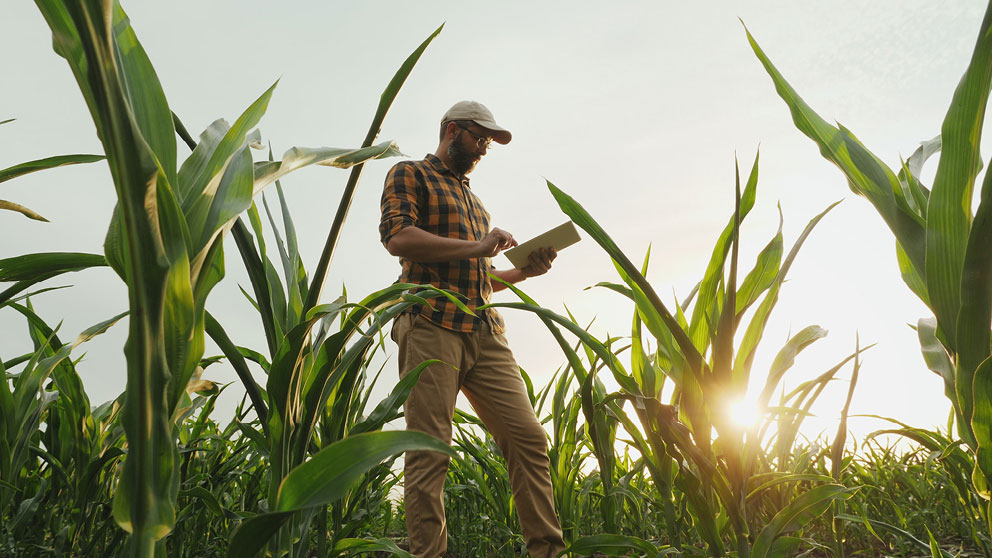Strategies to maximize your return on investment

To maximize your return on your investment, you buy at a low price and sell after it has appreciated in value.
When considering whether to purchase a Registered Retirement Savings Plan (RRSP) for tax purposes, one strategy is to buy high - in a high-income tax bracket year - and redeem RRSPs when your income tax rates are lower, presumably when you retire from farming.
It’s different for the price of investment, but the strategy is still the same. To maximize your return on your investment, you always want to buy at a low price and sell after it has appreciated in value.
Here are three top RRSP tips to keep in mind year-round on the farm when using the plans for tax purposes.
1. Make RRSPs work for tax planning
RRSPs can be a good tax planning strategy mechanism, but like anything, you need to use them correctly. A contribution to an RRSP account will create a direct deduction from your taxable income. For example, if you purchase a $1,000 RRSP investment, you can reduce your taxable income by $1,000. This is important to understand because in Canada, on and off the farm, we have a graduated tax bracket system. That means that as our taxable income increases, the tax rates increase based on tax brackets that the Canada Revenue Agency sets out.
2. Use RRSPs to reduce your income
If you have a year with higher income and you’re bumped into a higher tax rate bracket, use an RRSP to reduce your income to a lower rate tax bracket. The tax strategy is to withdraw the RRSP amount (with your earnings) in a year when your taxable income is lower. That could be as early as the next year, but most likely will be sometime in the future, likely when you are retired from farming and you no longer have income from your farm or other employment.
3. Use your contribution limits wisely
RRSP contribution limits are determined by previous years’ earned income. We need to have earned employment, agricultural business or rental income in previous years to build RRSP contribution room. Contribution room is earned at a rate of 18% of the previous year’s earned income. Once an RRSP is purchased, the contribution room can be used forever, so it’s important to use it wisely. Contribution room can be carried forward and built indefinitely, so plan to use it when you have high-income years, possibly when your business is winding down.
An RRSP is only a tax deferral if you purchase it in a low tax bracket and take it out in the future at the same rate. A true tax saving is when you buy an RRSP in a high tax rate bracket (45%) and withdraw it in a low tax rate bracket (25%).
Article by: Lance Stockbrugger
Lance D. Stockbrugger CPA, CA, is a Chartered Professional Accountant and cash crop producer from Saskatchewan.

There are many reasons why a bill might go unpaid. But there are ways to avoid this scenario and deal with it appropriately if it happens.
